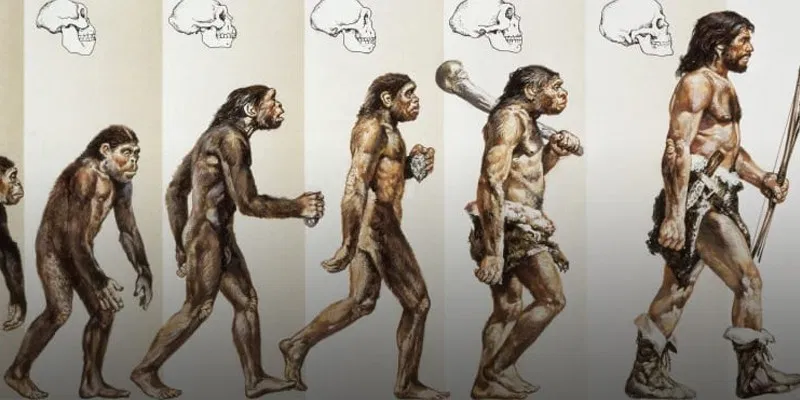The modern man is the ninth Homo species to evolve from 300,000 years ago, following habilis, erectus, rudolfensis, heidelbergensis, floresiensis, neanderthalensis, naledi, and luzonensis. Many of these human species have existed for much longer than we have. But did you ever wonder why there is only one human species today?
Several human species coexisted with Homo sapiens. All of the different human species, such as Homo erectus, Homo ergaster, and Homo neanderthalensis, eventually became extinct, leaving us the last of our kind.
What was Mount Toba’s Involvement?
According to new evidence, Homo sapiens left Africa around 120,000 years ago. We were a small group back then, perhaps no more than 100 in the first wave. The early man then dispersed throughout, some even reaching Europe, which the Neanderthals later occupied, and others moving east until they reached India. The archaeological evidence suggests they arrived just in time for a catastrophic event.
Mount Toba, a volcano in Southeast Asia, erupted about 74,000 years ago. It was the most massive and destructive explosion in the last two million years. Mount Toba is classified as a supervolcanic eruption because of this event and its eruption size.
The volcano emitted enough sulfur into the atmosphere to reduce global temperatures by several degrees and enough molten rock to cover an area the size of Britain to a depth of ten meters. It also produced a lot of ash. Wind-driven clouds of white Toba ash blanketed vast swaths of Asia, including much of the Indian subcontinent. It is still available today.
Whether the result of Toba’s effects or the arrival of modern humans, the eruption marked the end of the Homo erectus occupation in Asia.
They were gradually driven out over the next 40,000 years, most likely due to climate change and the effects of being out-competed for scarce food by the spread of modern humans. (Source: BBC)
A Fierce Competition of The Human Race
Why did modern men thrive when others did not? Homo erectus was slightly more extensive and more powerful than Homo sapiens. The most obvious answer to this is that we have bigger brains, but it turns out that the parts of the brain count, not the overall size.
The Homo erectus brain did not devote a lot of space to the part of the brain that controls language and speech, One of the crucial elements of Homo sapiens’ adaptations is that it combines complex planning, developed in the front of the brain, with language and the ability to spread new ideas from one individual to another.
John Shea, Professor of Palaeoanthropology at Stony Brook University in New York.
According to the fossil evidence, For almost a million years, the Homo erectus continued to make the same basic hand axe. Our ancestors, on the other hand, devised smaller, more sophisticated weapons, such as a spear that may be thrown, with clear advantages in hunting and combat.
The same advantages helped Homo sapiens outcompete other human species, the Neanderthals, who died out around 30,000 years ago as the Ice Age reduced food sources. Homo erectus survived till 30,000 years ago in Asia. Despite their extinction, they appear to have left offspring on the Indonesian island of Flores. Homo floresiensis, often known as Hobbits, lived until approximately 12,000 years ago. Then they vanished, leaving us as the planet’s last human race. (Source: BBC)
